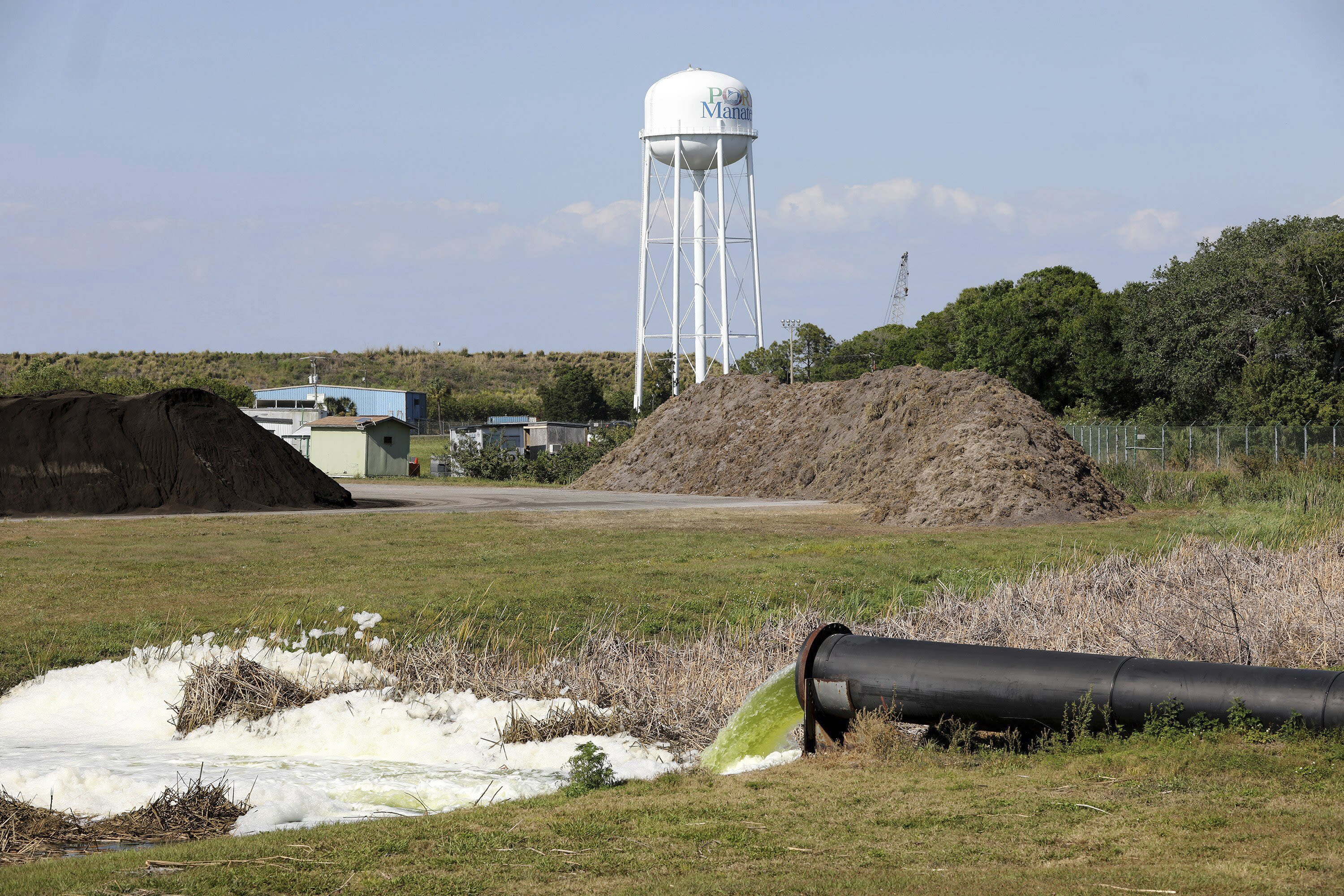How Clean Is Our Drinking Water?

Image: Weedezign/iStock.com
Surrounded by water on three sides, with the largest system of underwater springs in the world below us and seasonal torrential rain above us, Florida is shaped by its water. But lately, our water has come under threat. Red tide and blue-green algae foul up our estuaries, historic droughts and mismanagement drain our springs, the Piney Point disaster threatens our aquifer, and general infrastructural decay has jeopardized the seemingly limitless water around us. This puts extra stress on the availability of quality drinking water.
Growing up in Sarasota, I was warned not to drink directly from the tap. Sarasota water has a peculiar flavor, and I can still smell the chlorine in my kitchen sink on certain days. Still, we’re told not to worry, and that our drinking water meets the standards established by 1974’s Safe Water Drinking Act.
While I can’t help but wonder how safe the water gushing from my tap is, to do a comprehensive, countywide analysis would cost a fortune. Instead, we sent out four samples from different water sources throughout Sarasota to a private lab
that specializes in analyzing environmental data to find out exactly what we are putting in our bodies.
SimpleLab is a health services company founded at the University of California, Berkeley. The company’s mission is to make “lab testing and environmental data accessible, so that it can be a reliable resource for everyday decision-making.” Jorgen Stovne, SimpleLab’s creative director, told me that the company only provides recommendations through data. “We do not sell treatments or systems solutions,” Stovne says. “We also do not take any affiliates or commissions.”
Stovne sent me four test kits for my experiment. The kits came in cardboard boxes with a couple of empty plastic containers, a chlorine test strip and instructions. It was straightforward: You just fill up the containers with water and ship them back to the laboratory. I tested four different waters sources: City of Sarasota water straight from the tap, city water passed through a charcoal filter, Sarasota County water from the tap and well water from within the city limits.
Each analysis came back with one comprehensive score that ranges from zero to a high of 99. Here are the results, from worst to best:
Well water: 18
Sarasota County tap water: 54
City of Sarasota tap water: 77
City water with charcoal filter: 82
The average U.S. score is 72; in Florida, it’s 75. To come up with those numbers, testers checked for hundreds of chemical compounds that may linger in drinking water. We are all familiar with things like lead, chlorine and fluoride, but many of the chemicals were ones I’d never even heard of, like strontium and the impossible-to-pronounce molybdenum.
SimpleLabs provides multiple health “benchmarks” to help you evaluate your water quality results. Stovne says the lab takes a “conservative” approach, arguing that regulatory criteria are not just based on human health. “They take health-based numbers and then increase them to accommodate for cost and feasibility of treatment,” he says. “So agencies like the EPA allow for higher concentrations that increase the risk of health issues to the population, but they’re low enough that they won’t cause too much damage overall.”
It’s not paranoid to be skeptical of our institutions and their concern for our health. Every society needs a base level of health to function, but the question is just how much harm a given government is willing to tolerate. Our governments also have a vested interest in not alarming their citizens.
So what is in the water we tested? The well water tested alarmingly poor. There were five things in it that raised health concerns: arsenic (0.016 parts per million), antimony (0.012 parts per million), boron (0.827 parts per million), molybdenum (0.041 parts per million) and coliform bacteria. Each can negatively affect the blood, liver, kidneys, developmental outcomes and the immune system.
Surface well water will typically have more chemicals than deep well water, because there is less chance for the soil or substrate to filter out these compounds. How these chemicals found their way into a well would require deep investigative work, but it is not safe to drink and there is no recommended treatment.
Sarasota city water tested better than the county’s, and the charcoal filter slightly improved it. Stovne and the lab’s scientist were slightly concerned about the overall trihalomethanes (or THMs) in the county water sample. THMs are chlorine disinfection byproducts. “When the chlorine in your water is killing bacteria, it reacts with organic matter in the water that’s naturally present,” Stovne says. “It can create these compound byproducts that are carcinogens.”
The county water had elevated levels of four separate THMs: bromodichloromethane (31 parts per billion), chloroform (79.8 parts per billion), dibromochloromethane (11.2 parts per billion) and bromoform (3.59 parts per billion). Stovne says that these compounds can exist as aerosols, so showering with them can be as unhealthy as drinking them.
There are many variables that could explain why the county water sample showed elevated levels of THMs. The vast majority of county water comes from the Peace River, but there are a number of groundwater supplies and, depending on the source, the water is treated differently. For example, water from Carlton Reserve uses electrodialysis reversal, while other sources go through reverse osmosis or aeration and chlorination. They are often then mixed back together, which makes it hard to know where your water is coming from.
Distance from the water plant can also change the contents of your tap water. The farther a home is from the plant, the more times the chlorine has to interact with organic matter as it travels to it, which can create harmful byproducts. The time of year will also change the water quality. During the heat of the summer, for instance, there’s more bacteria in the water, so more chlorine is needed.
According to SimpleLabs, city water showed concerning levels of strontium, even with my charcoal filter. Strontium is a highly reactive metal that in high doses can damage bone marrow, cause anemia and prevent blood from clotting properly. Stovne recommended using a reverse osmosis water filter if I wanted to remove that chemical from my drinking water.
Overall, you don’t need to fret about my results. There are numerous factors that determine what goes into your water, from how old the pipes are to how near you are to a water treatment facility and the plumbing in your home. There’s not a lot you can do about it, besides lobby your local elected officials. What power you do have is knowledge.



